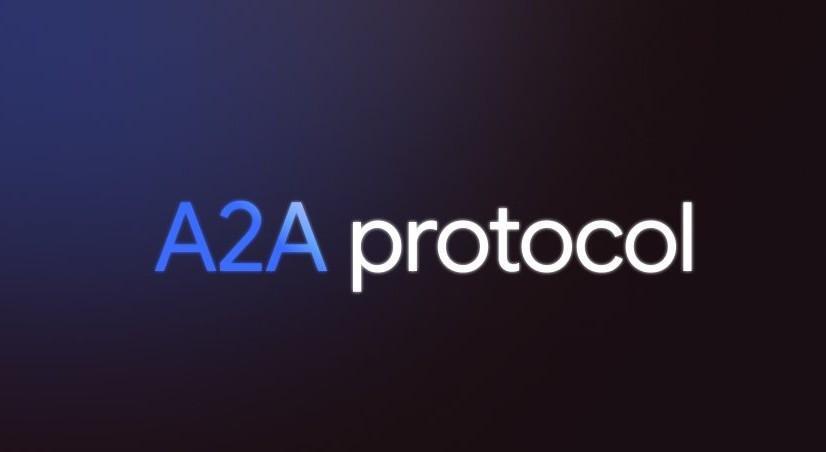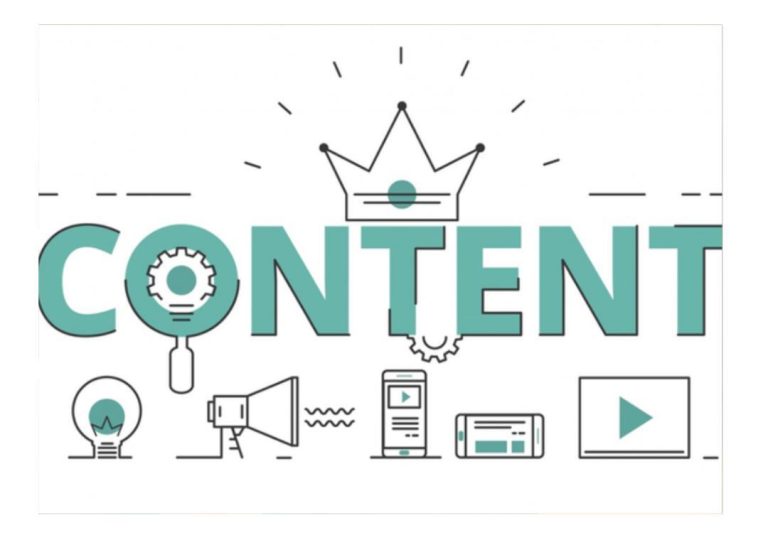
Google Launches A2A Protocol to Enhance AI Agent Synergy
The rapid advancements in artificial intelligence (AI) have led to the development of various AI agents that are designed to perform specific tasks or functions. However, these agents often operate in isolation, unable to communicate with each other or coordinate their actions seamlessly. This limitation has hindered the potential of AI agents to achieve more complex and sophisticated tasks. To address this issue, Google has recently launched Agent2Agent (A2A), a new open-source protocol that enables AI agents to work together seamlessly across various systems and platforms.
What is Agent2Agent (A2A)?
A2A is an open-source protocol designed to facilitate communication, information exchange, and coordination between AI agents. This protocol enables agents to work together, share information, and take joint actions, even if they are built using different programming languages, frameworks, or platforms. A2A is a significant step towards creating a new era of agent interoperability, where AI agents can collaborate effortlessly to achieve complex tasks.
Key Features of A2A
The A2A protocol offers several key features that make it an innovative solution for AI agent synergy:
- Agent-to-Agent Communication: A2A enables AI agents to communicate with each other directly, using a standardized protocol that allows for secure and efficient information exchange.
- Secure Information Exchange: A2A ensures that the information exchanged between agents is secure and tamper-proof, using advanced encryption techniques and secure authentication mechanisms.
- Agent Coordination: A2A allows agents to coordinate their actions and make joint decisions, enabling them to work together towards a common goal.
- Platform and Language Independence: A2A is designed to be platform- and language-independent, allowing agents built using different technologies to communicate and collaborate seamlessly.
Benefits of A2A
The A2A protocol offers several benefits to developers, organizations, and industries that rely on AI agents:
- Improved Efficiency: A2A enables AI agents to work together more efficiently, reducing the need for manual intervention and improving overall system performance.
- Enhanced Collaboration: A2A facilitates collaboration between AI agents, enabling them to share knowledge, expertise, and resources to achieve complex tasks.
- Increased Flexibility: A2A allows agents to work with agents built using different technologies, platforms, and languages, increasing flexibility and adaptability.
- Improved Decision-Making: A2A enables AI agents to make more informed decisions by sharing information and coordinating actions, leading to better outcomes.
Use Cases for A2A
A2A has a wide range of potential use cases across various industries, including:
- Healthcare: A2A can enable AI agents to collaborate in medical diagnosis, treatment planning, and patient monitoring, improving healthcare outcomes and reducing costs.
- Financial Services: A2A can facilitate collaboration between AI agents in financial analysis, risk assessment, and portfolio management, improving investment decisions and reducing financial risks.
- Manufacturing: A2A can enable AI agents to work together in manufacturing process optimization, supply chain management, and quality control, improving efficiency and reducing costs.
- Cybersecurity: A2A can facilitate collaboration between AI agents in threat detection, incident response, and security monitoring, improving cybersecurity and reducing the risk of cyber attacks.
Conclusion
The launch of A2A by Google marks a significant milestone in the development of AI agent synergy. This open-source protocol has the potential to revolutionize the way AI agents work together, enabling them to communicate, coordinate, and collaborate seamlessly across various systems and platforms. As A2A continues to evolve and mature, we can expect to see significant advancements in AI agent capabilities, leading to improved efficiency, enhanced collaboration, and better decision-making across various industries.
Source:
https://developers.googleblog.com/en/a2a-a-new-era-of-agent-interoperability/






